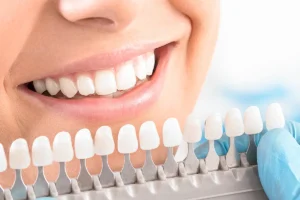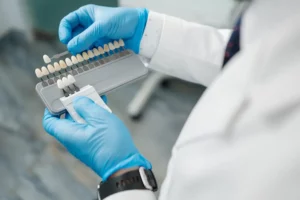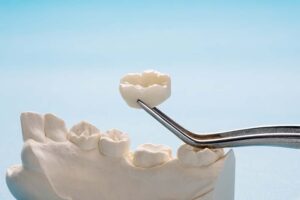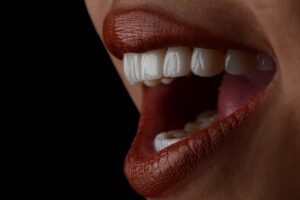
Are Veneers Painful?
Are you looking to transform your smile with veneers but worried about the pain? What does a patient really feel during and after this cosmetic

LIL UZI VERT
LIL UZI VERT is a talented rapper and musical sensation. His three albums in 2023 secured the top spot on the Billboard charts. The rapper

Can You Get Veneers During Pregnancy?
Many expectant mothers often experience changes in the structure and color of their teeth. They can deteriorate and become brittle due to a lack of

The difference between porcelain and zirconia veneers
Are you dreaming of having a “Hollywood smile”? If so, you probably know that many prefer to have dental veneers placed. But what material is

What is the difference between porcelain and composite veneers?
Restoring a smile with veneers is a popular cosmetic dentistry procedure. Various types of ceramics or composite materials are used in their fabrication. Which material

What are Zirconia Crowns
This is a non-removable cap placed on a damaged or severely chipped tooth. It is made from zirconium dioxide (ZrO2), which falls under the category

How to Take Care of Your Porcelain Veneers
With proper care, porcelain veneers can last you a very long time. However, for your smile to last you a long time, it requires proper

Don’t Be Known for Your Breath Odor
We want others to remember us and recognize us for attributes like our friendly personality, a beautiful smile or trendy style. Unfortunately, there are some

Can You Get Invisalign If You’ve Had Braces?
Absolutely! In fact, it’s a great idea. Invisalign is an ideal solution to correct misaligned teeth or teeth that are not properly spaced. Misalignment can

For a Celebrity Smile, See a Celebrity Dentist
Walking the sidewalks in NYC, you never know who you will run into. Celebrities are commonplace here, and so are the up-and-coming stars we do

What Is Your Smile Saying About You?
A smile can say a thousand words, but what is yours saying about you? One of the first features people notice when they meet you

Improve Your Smile in One Dental Visit
New Yorkers are some of the busiest people in the world, handling hectic work schedules, deadlines and a fast-paced lifestyle. With so much going on,





















